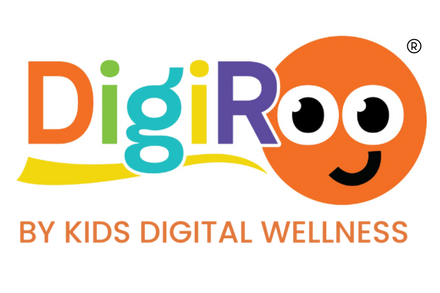As a part of our ongoing mission to help parents navigate the digital world for their children, we want to shed light on an essential aspect of their online presence: the digital footprint.
What is the Digital Footprint? In today's interconnected world, everything we do online leaves a trace - from social media interactions to online purchases and app usage. This trail of information is collectively known as our digital footprint. While it can be a valuable tool for positive online reputation and personal branding in the future, it also comes with potential risks, especially for children.
Protecting Your Kids' Personal Data Online: As parents, safeguarding our kids' privacy and ensuring their online safety is of utmost importance.
Here are some steps you can take to help decrease their personal data exposure on the internet:
- Educate and Communicate: Talk to your children about the concept of a digital footprint. Help them understand that their online activities can have a lasting impact, and they should be mindful of what they share and with whom.
- Use Privacy Settings: Familiarize yourself with the privacy settings on social media platforms, apps, and websites your children use. Adjust these settings to limit the visibility of their personal information and activities to a trusted audience.
- Monitor Online Activities: Regularly review the content your kids are posting or sharing online. Encourage them to come to you if they encounter any suspicious or uncomfortable situations.
- Choose Safe Platforms and Apps: Opt for kid-friendly platforms and apps that prioritize privacy and security. Look for apps that are compliant with regulations like COPPA (Children's Online Privacy Protection Act).
- Avoid Oversharing: Caution your children against sharing sensitive information such as full names, addresses, phone numbers, or school names on public platforms.
- Teach Critical Thinking: Help your kids develop critical thinking skills to discern between trustworthy and unreliable sources online. Teach them to verify information before accepting it as true.
- Opt-Out of Data Collection: Whenever possible, opt-out of data collection and personalized ads. Many websites and services offer options to limit data tracking.
- Strong Passwords and Two-Factor Authentication: Teach your children the importance of using strong, unique passwords for different accounts and enable two-factor authentication for added security.
- Regularly Clear Cookies and Browser History: Clearing cookies and browser history periodically can help minimize the amount of data collected by websites.
- Model Responsible Behavior: Set an example by practicing responsible digital habits yourself. Children often imitate their parents, so demonstrate safe online practices.
Our Digital Footprint is more than the photos we post…even a photo is turned into data. The earlier our kids understand this, the earlier they can be more vigilant with navigating the digital world.

